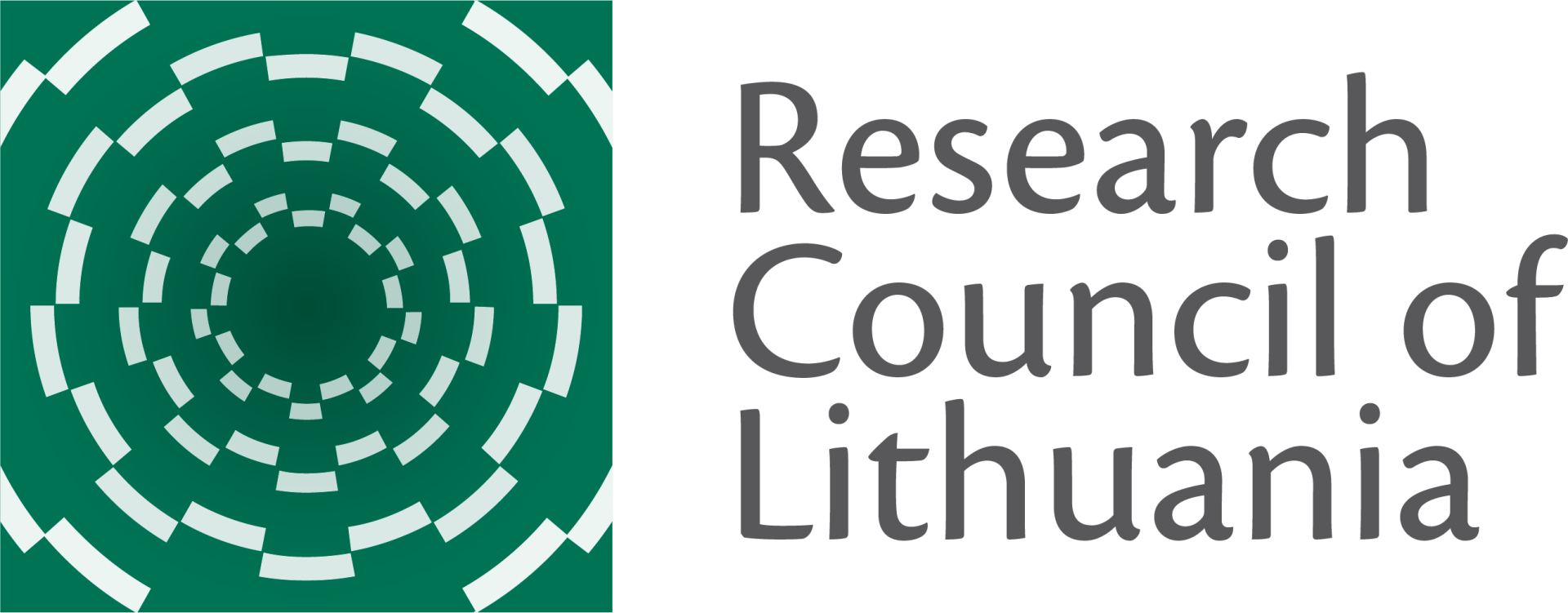Project idea
The project examines how the emerging welfare state in the EU countries of the Central and Eastern European (CEE) region reacts to young people as a social risk. Young people face a problem: in some welfare states it is difficult for them to enter the labour market, whereas in others it is very easy to dismiss them and find a replacement. Youth unemployment and its consequences pose a risk to the welfare state. Thomas Chevalier's typology of youth welfare citizenship and its application to the CEE region (Broka and Toots, 2021, Šataitė, 2022) shows that the welfare state's response to young people varies across the region. The results of the previous studies indicate that countries with similar starting positions (all former socialist states that underwent privatisation processes and transitioned to market economies) and development trajectories (all EU and NATO members) have applied different strategies to youth policy. However, there is a lack of research examining the reasons behind these different policies.
The project thus aims to explore the reasons why 11 CEE countries (Bulgaria, Croatia, the Czech Republic, Estonia, Hungary, Latvia, Lithuania, Poland, Romania, Slovakia, Slovenia) react differently to young people as a social risk for the welfare state. The research will be based on the four ideal types of youth welfare citizenship as identified by Thomas Chevalier, the analysis carried out by Austėja Šataitė in her bachelor's thesis, and the data obtained by aggregating the region’s countries into four types. The analysis of the academic literature will help to identify the independent variables that could result in the different policies pursued by countries. The project’s main objective is the collection of data and its initial analysis using a qualitative comparative analysis method, which will then be used in the author's master thesis.








